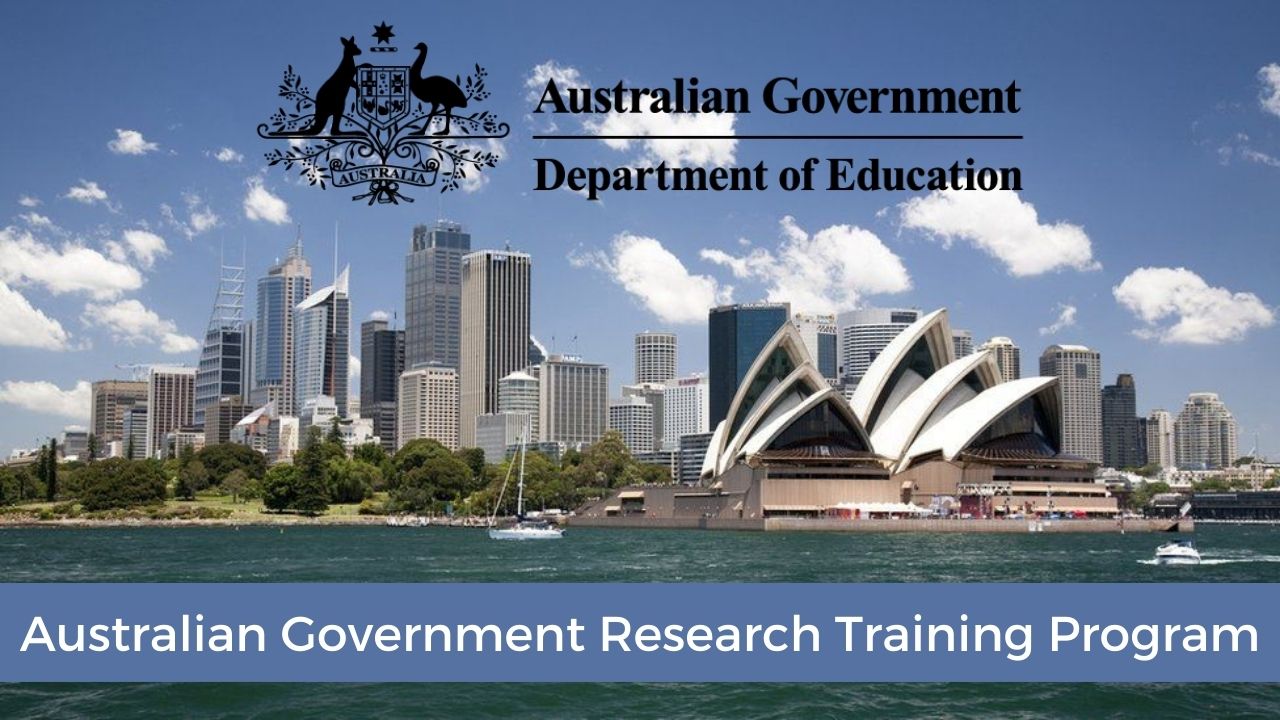Final Verdict
International students don’t have as many options as citizens and permanent residents when it comes to financing their college education in the U.S. But among private lenders, there are several choices available.
While options may be limited and expensive if you don’t have a co-signer, having someone who can apply with you can make it easier to find a good deal. Take your time to shop around and compare multiple options before you decide to move forward, and don’t be afraid to contact your school’s financial aid office to find out about more ways you can pay for college.
Guide to Choosing the Best International Student Loan
How Do International Student Loans Work?
Most international students qualify only for private student loans, which have rates and terms that can vary wildly depending on the lender.
Loans for international students often require a co-signer who’s a U.S. citizen or permanent resident—something that isn’t necessarily a requirement for domestic students—but some lenders don’t have that stipulation.
To get started, you’ll want to compare several lenders to determine the right fit. Many offer pre-qualification, which you can do with just a soft credit check that won’t hurt your credit score, but others may require you to submit a full application to see what you qualify for.
Once you submit the application, the lender will review you and your co-signer’s credit histories, income, and other factors to determine whether you qualify and what interest rate you’ll receive. If you agree to the loan terms, the lender will typically disburse the loan proceeds directly to your school. If there are leftover funds, you may receive a check from your school for the difference.
International student loans differ from federal student loans in that they’re typically credit-based and don’t offer many of the same relief programs, such as loan forgiveness, income-driven repayment plans, and generous forbearance and deferment options.
How to Compare International Student Loans
As you shop around and compare different international student loan options, here are some of the features you’ll want to watch out for:
- APRs
- Pre-qualification availability
- Origination, administrative, and other fees
- Co-signer requirements
- Repayment terms and options
- School eligibility
- Loan amount minimums and limits
- Discounts
- Credit requirements and other eligibility criteria
How to Qualify for International Student Loans
Each lender has its own criteria for determining whether you qualify for an international student loan. If you’re not a U.S. citizen or permanent resident, you likely don’t have an established credit history in the country, so you’ll typically need to rely on a co-signer for approval.
Potential factors lenders consider when you apply include:
- Citizenship status
- Credit score
- Credit history
- Annual income
- Debt-to-income ratio
Some lenders may also look at your program and earning potential to determine your eligibility. If a lender offers a pre-qualification tool, this is an excellent way to get an idea of whether you qualify without submitting an official application.
Can International Students Get Loans?
Before applying for a private student loan, non-U.S. citizens should check to see if they are eligible for certain types of federal financial aid. Certain groups of people are considered “eligible noncitizens” and may qualify for federal student loans:
- U.S. nationals (including natives of American Samoa or Swains Island).
- U.S. permanent residents with a permanent resident card, resident alien card, or alien registration receipt card, also known as a green card.
- Anyone with an Arrival-Departure Record (I-94) from U.S. Citizen and Immigration Services (USCIS) showing that you’re a refugee, asylum seeker, Cuban-Haitian entrant, conditional entrant (before April 1, 1980), or parolee.
- Anyone with a T nonimmigrant status (T-visa) or who has a parent with a T-visa.
- Anyone considered a “battered immigrant-qualified alien.”18
If you don’t fall into one of these categories you can check with your country’s embassy or consulate in the U.S., or with the appropriate government office in your country, to see if they offer any scholarship or aid opportunities.
You may also be eligible for financial aid from the state or college in which you’re studying. Only when you’ve exhausted those options should you look into private student loans.
Where Can You Get an International Student Loan?
Private student loans for international students are available from two types of lenders: banks and non-bank lending companies.
Student loans from banks offer international students the convenience of doing their banking and student loans all in one place. Additionally, banks like Citizens give 0.25% interest rate discounts to borrowers who bank with them.19 The downside is that you’ll need a cosigner to be eligible.
Non-bank lenders offer international students more flexibility. MPOWER and Prodigy Finance look at your career path and income potential to qualify you for a student loan without a cosigner or collateral. And because these companies operate completely online, they tend to have very user-friendly websites.
Who Qualifies for an International Student Loan?
International students must meet the eligibility requirements required by the lender. In most cases, this includes being enrolled at least half time at an eligible school and having a creditworthy cosigner.
DACA recipients with a Social Security number have more options than students without. Student loan companies like College Ave and Earnest offer competitive rates and terms, but they require international borrowers to have a cosigner and SSN.
Methodology
Investopedia is dedicated to providing consumers with unbiased, comprehensive reviews of student loan lenders. We collected thousands of data points across 30 lenders—including loan types, interest rates, fees, loan amounts, and repayment terms—to ensure that we help readers make the right borrowing decision for their education needs.
Ascent’s undergraduate and graduate student loans are funded by Bank of Lake Mills or DR Bank, each Member FDIC. Loan products may not be available in certain jurisdictions. Certain restrictions, limitations; and terms and conditions may apply. For Ascent Terms and Conditions please visit: www.AscentFunding.com/Ts&Cs. Rates are effective as of 2/1/2024 and reflect an automatic payment discount of either 0.25% (for credit-based loans) OR 1.00% (for undergraduate outcomes-based loans). Automatic Payment Discount is available if the borrower is enrolled in automatic payments from their personal checking account and the amount is successfully withdrawn from the authorized bank account each month. For Ascent rates and repayment examples please visit: AscentFunding.com/Rates. 1% Cash Back Graduation Reward subject to terms and conditions. Cosigned Credit-Based Loan student must meet certain minimum credit criteria. The minimum score required is subject to change and may depend on the credit score of your cosigner. Lowest APRs require interest-only payments, the shortest loan term, and a cosigner, and are only available to our most creditworthy applicants and cosigners with the highest average credit scores.





